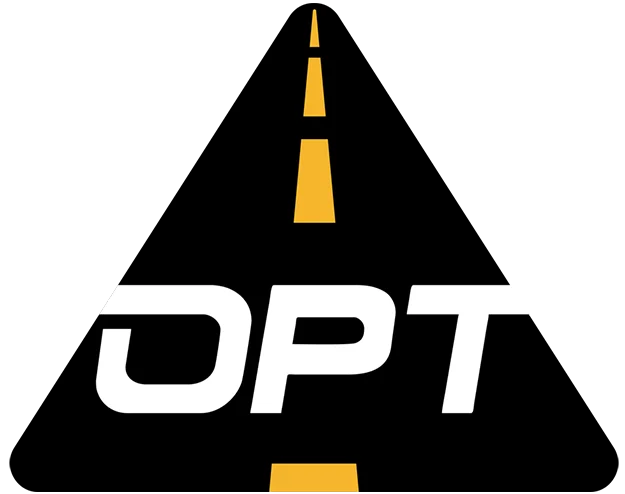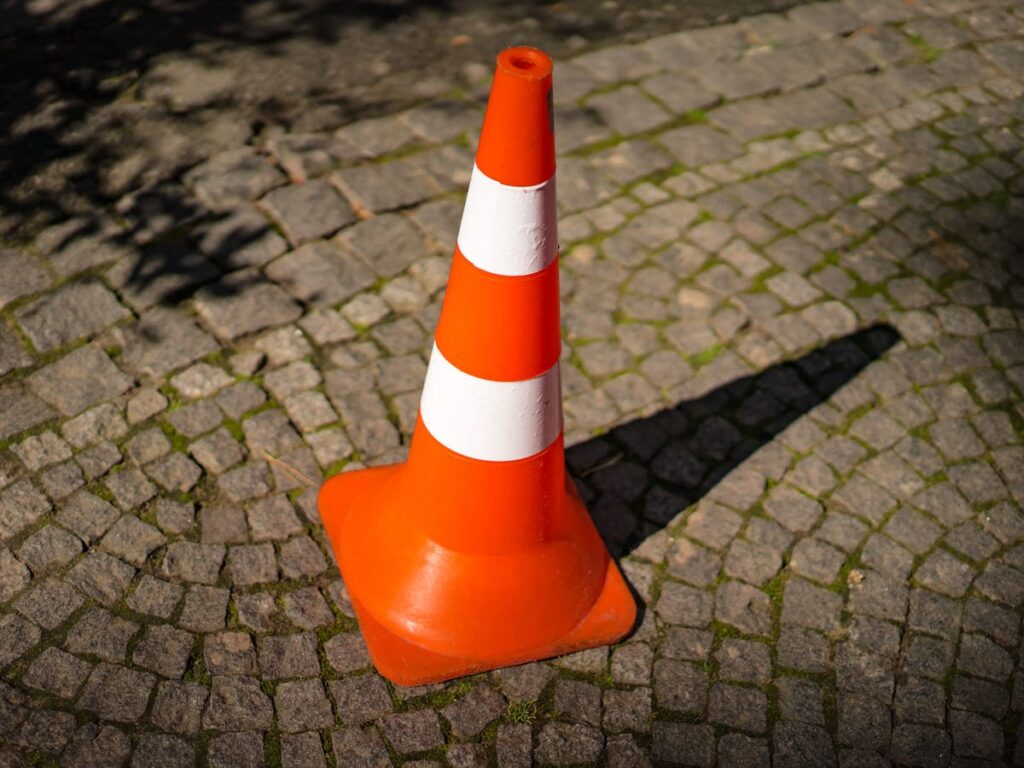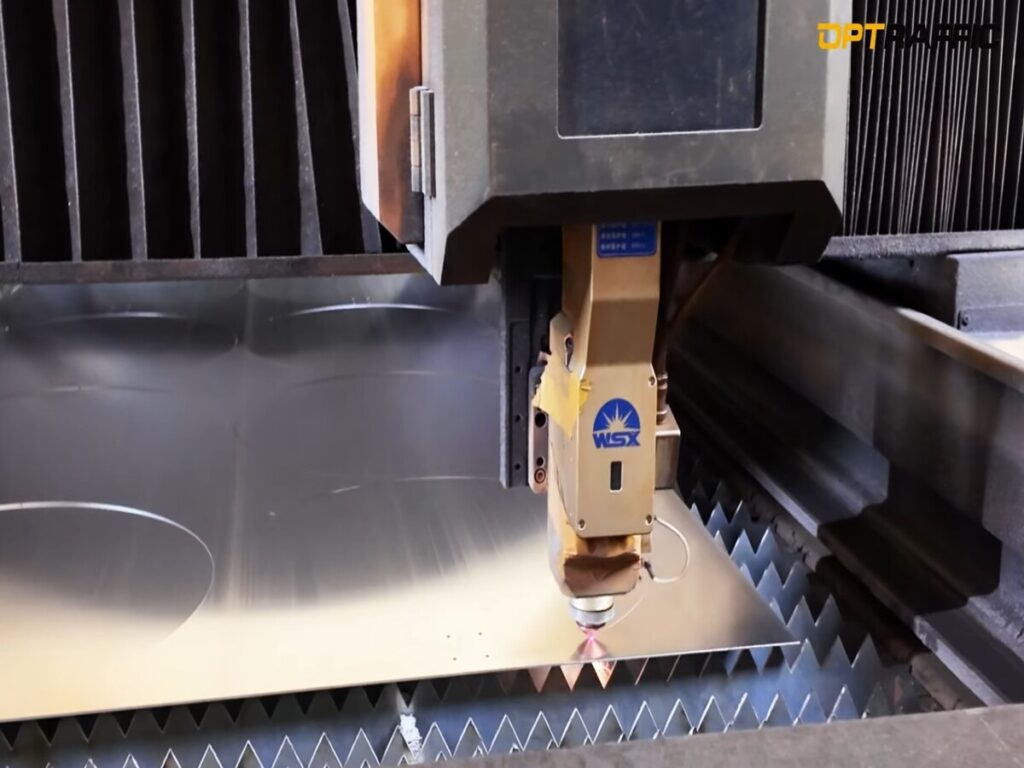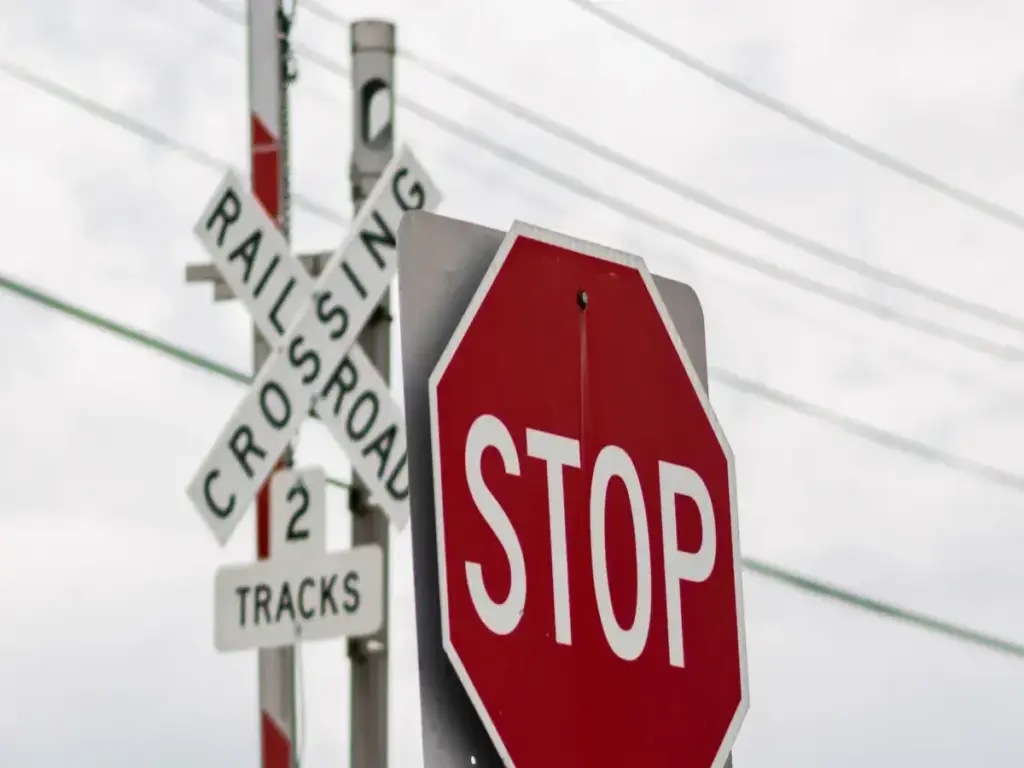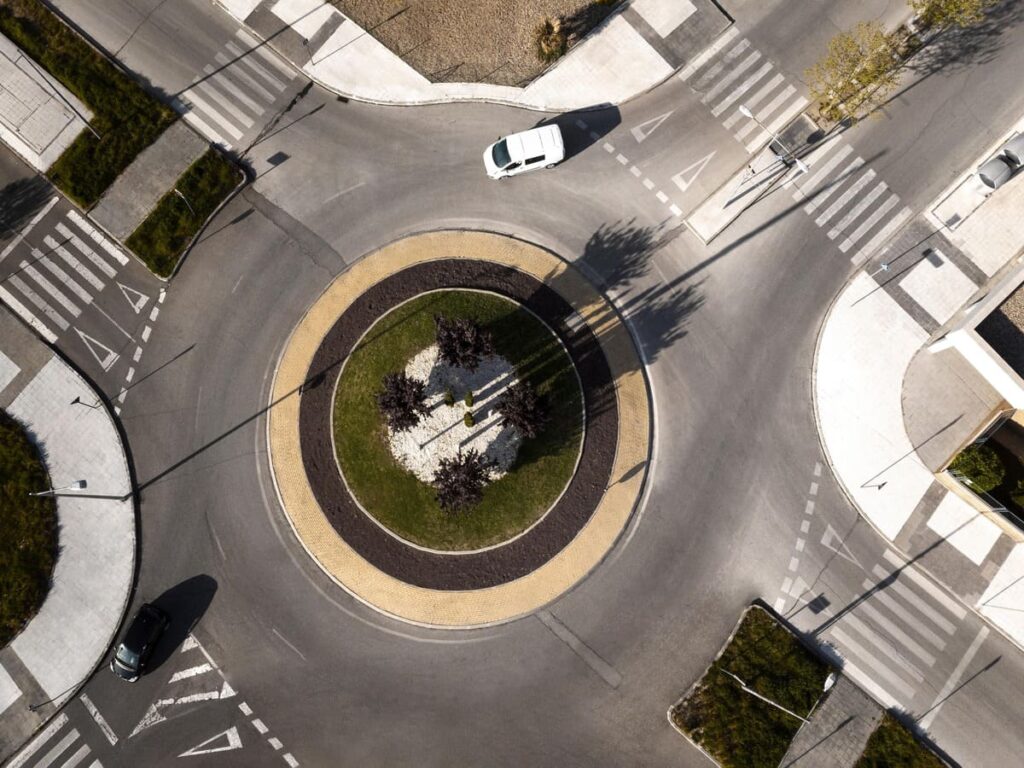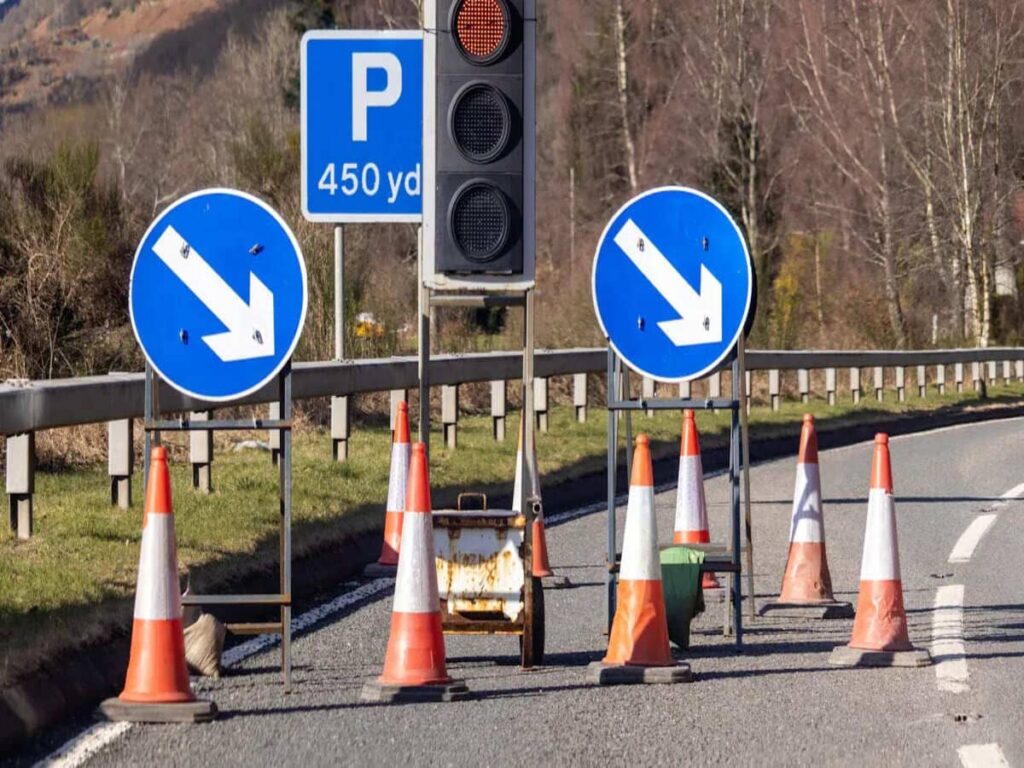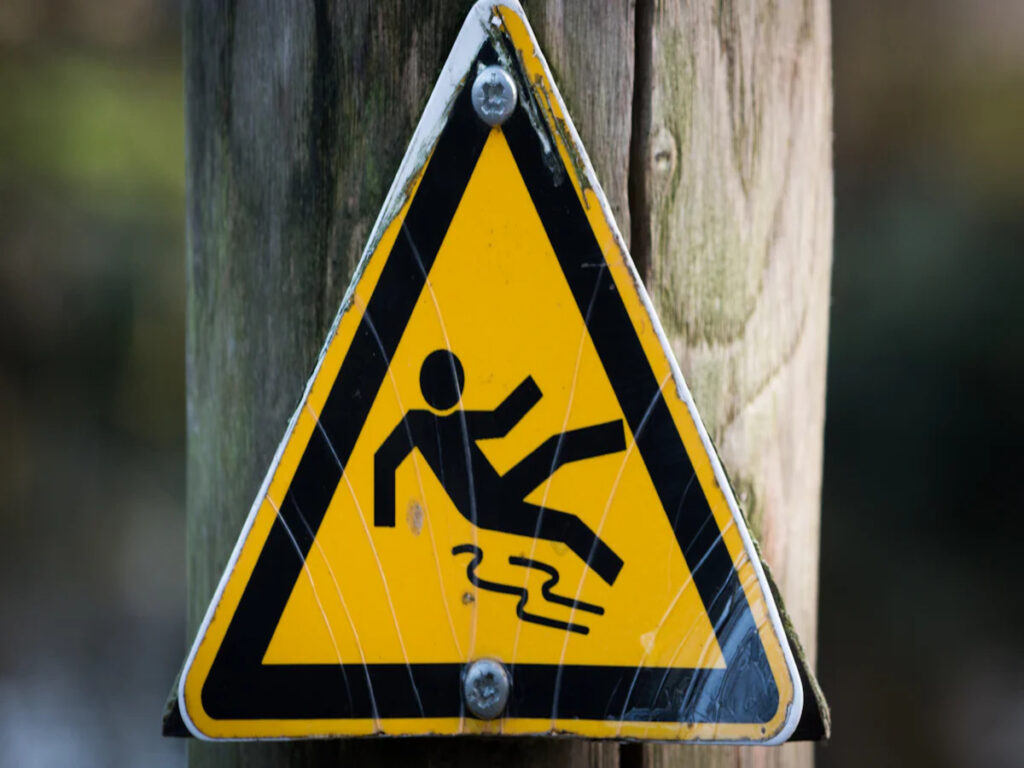
미끄러짐, 여행, 그리고 폭포는 직장 부상의 주요 원인으로 남아 있습니다, 회계 15% 모든 직장 사망자와 비용이 많이 드는 비즈니스 중 $19 매년 10 억. 이 사건은 종종 젖은 바닥이나 혼란스러운 보도와 같은 예방 가능한 위험으로 인한 것입니다.. 주의를 사용하여 콘은 명확한 시각적 경고를 만드는 데 도움이됩니다, 위험을 줄이고 직장 안전 개선.
OptSigns주의 콘 내구성과 가시성을 염두에두고 설계되었습니다, 안전 구역이 명확하게 표시되어 있습니다, 저조도 환경에서도. 젖은 바닥을 다루 든, 건설 구역, 또는 잠재적 인 위험, Optsigns Cones 첫 번째 방어선입니다. 밝은, 반사 색상과 튼튼한 구조, 이 오렌지주의 콘은 실내 및 실외 환경 모두에 이상적입니다., 위험을 완화하고 더 안전하게 만듭니다, 더 조직화 된 직장. 신뢰하다 optsign신뢰할 수있는 s, 팀을 보호하고 직장을 준수하는 비용 효율적인 안전 솔루션.
소개
슬립의 중요성, 여행, 직장에서의 추락 예방
미끄러짐 방지, 여행, 그리고 폭포 안전하고 생산적인 직장을 유지하려면 필수적입니다. 이러한 사고는 부상을 유발할뿐만 아니라 상당한 재정적 손실을 초래합니다.. 사전 안전 조치에스 사고 율을 줄일 수 있습니다, 직원 사기를 향상시킵니다, 회사의 명성을 높이십시오. 직원이 안전하다고 느낄 때, 그들은 더 효율적으로 일하고 조직에 충성을 유지합니다.. 추가적으로, 사고가 줄어들면 의료 비용이 낮아지고 근로자 보상 청구가 줄어 듭니다., 그것은 당신의 수익에 긍정적 인 영향을 미칩니다.
이러한 사고의 공통성과 예방 가능성
미끄러짐, 여행, 폭포는 가장 일반적인 직장 사고 중 하나입니다. 그들은 설명합니다 15% 모든 직장 사망자 중, 거의 700 매년 사망. 치명적이지 않은 부상 이 사건에서 화장을합니다 27.4% 민간 산업의 모든 직장 부상 중. 젖은 바닥, 복잡한 산책로, 고르지 않은 표면은 빈번한 범인입니다, 그러나 이러한 위험은 종종 예방할 수 있습니다. 정기적 인 청소와 같은 간단한 행동, 적절한 간판, 위험 인식 교육은 위험을 크게 줄일 수 있습니다.
직장 안전을 보장하는 데있어 교통 원뿔의 역할
트래픽 콘은 위험의 명확한 시각적 지표 역할을함으로써 직장 안전에 중요한 역할을합니다.. 그들의 밝은 색상과 인식 가능한 모양은 즉시 근로자와 보행자에게 잠재적 인 위험을 경고합니다.. 원뿔을 사용하여 젖은 바닥을 표시 할 수 있습니다, 풋 트래픽을 안내하십시오, 또는 기계 주변에 안전한 구역을 만듭니다. 그들은 비용 효율적입니다, 가지고 다닐 수 있는, 다재다능합니다, 다양한 환경에서 안전을 유지하기위한 필수 도구 만들기. 트래픽 콘을 안전 계획에 통합하여, 더 안전하고 조직화 된 직장을 만들 수 있습니다.
미끄러짐 이해, 여행, 그리고 폭포
슬립 정의, 여행, 그리고 폭포
슬립의 차이점을 이해합니다, 여행, 낙상은 직장 위험을 식별하고 해결하는 데 필수적입니다.. 다음은이 용어의 고장입니다:
| 용어 | 정의 |
|---|---|
| 슬립 | 신발과 보행 표면 사이에 견인력이 충분하지 않을 때 미끄러짐이 발생합니다., 균형 손실을 유발합니다. |
| 여행 | 여행은 발이 뛸 때 발생합니다., 당신이 걸려 넘어지고 잠재적으로 떨어지게합니다. |
| 떨어지다 | 균형을 잃고지면 또는 하부 표면으로 떨어질 때 가을 결과. 낙상은 미끄러짐이나 여행의 결과로 발생하지만 독립적으로 발생할 수 있습니다.. |
이러한 차이점을 인식함으로써, 각 유형의 사고 방지 방법을 더 잘 이해할 수 있습니다..
작업장에서 사고의 일반적인 원인
미끄러짐, 여행, 그리고 낙상은 종종 피할 수없는 트리핑 위험으로 인해 발생합니다. 일반적인 원인에는 다음이 포함됩니다:
- 유출에서 미끄러운 바닥, 비, 또는 그리스.
- 잘못 배치 된 케이블이있는 혼란스러운 작업 공간, 도구, 또는 재료.
- 잘 유지되지 않은 산책로, 균열이나 움푹 들어간 곳과 같은.
- 위험이 부적절하여 위험을 발견하기 어렵게 만듭니다.
- 느슨한 매트, 깔개, 또는 표시되지 않은 단계.
이러한 문제를 적절한 징후로 해결합니다, 정기적 인 유지 보수, 좋은 하우스 키핑 관행은 위험을 크게 줄일 수 있습니다.
슬립의 영향, 여행, 직장 안전 및 생산성에 해당됩니다
이러한 사고는 직원과 기업 모두에게 심각한 결과를 초래할 수 있습니다.. 위험한 표면은 작업 수행을 방해하고 부상을 초래합니다. 안전 조치 구현 직원을 보호 할뿐만 아니라 신뢰하는 환경을 조성합니다.. 안전한 직장은 사기와 참여를 증가시킵니다, 생산성을 높입니다. 추가적으로, 사고가 줄어들면 의료비 및 근로자 비용 절감’ 보상. 이러한 위험을 해결함으로써, 당신은 더 안전하고 효율적인 직장을 만듭니다.
사고를 예방하는 데있어 교통 원뿔의 역할
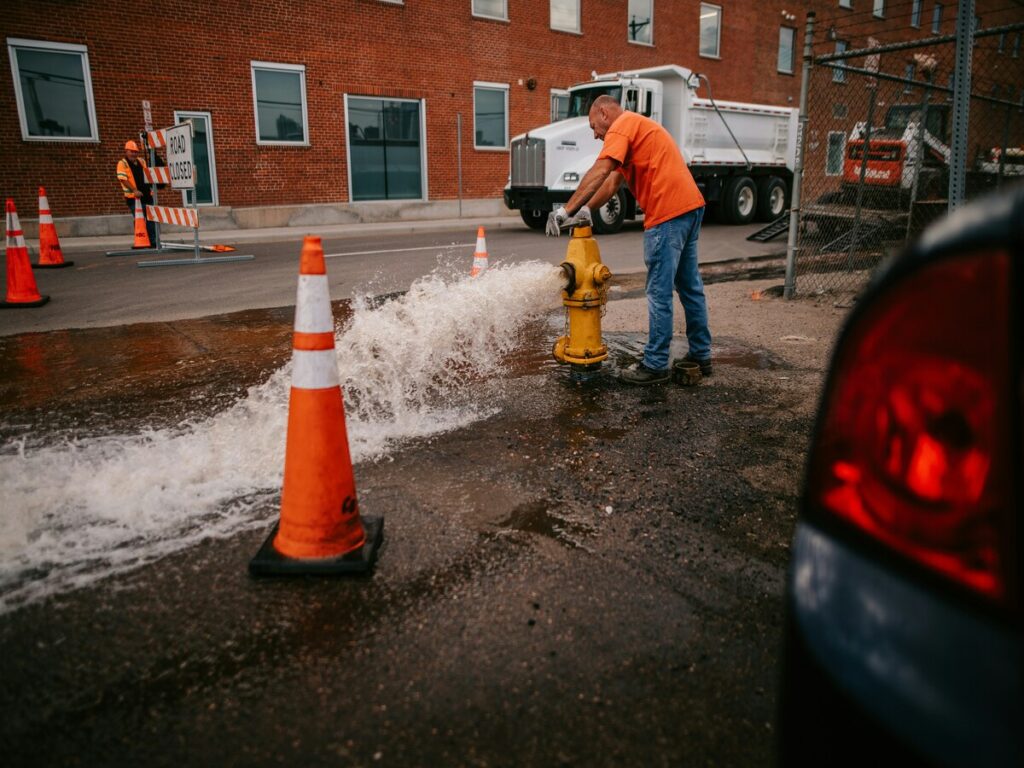
위험한 지역의 시각적 지표로서 교통 원뿔
주의 콘은 직장에서 위험한 영역을 식별하기위한 필수 도구 역할을합니다.. 그들의 밝은 색상과 뚜렷한 모양이 즉시 주목을받습니다, 직원과 방문자에게 잠재적 위험을 경고하는 시각적 장벽을 만들도록 도와줍니다.. 예를 들어, 주황색주의 콘을 사용하여 지게차 작동 구역 또는 미끄러운 표면을 강조 할 수 있습니다., 사고 위험 감소. 유틸리티 유지 보수 중, 오렌지주의 콘은 임시 여행 위험을 차단할 수 있습니다, 오픈 맨 홀과 같은, 근로자와 보행자가 안전하게 지내도록합니다. 이 공간을 표시함으로써, 원뿔은 무단 접근을 방지하고 부상 위험을 최소화합니다.
위험 경고를 위해 교통량이 많은 지역에 원뿔을 배치합니다
교통량이 많은 지역에서주의 콘의 전략적 배치는 그 효과를 극대화합니다.. 수행원 OSHA 표준, 당신은 원뿔을 배치해야합니다 36 1 인치 떨어져서 적어도 그들이 보이는지 확인하십시오. 500 피트. 고속도로 또는 대형 건축 현장에서, 반사 칼라가있는 키가 큰 오렌지주의 콘은 가시성을 향상시킵니다, 특히 밤에. 주황색주의 콘을 시작하십시오 1,000 작업 구역에서 피트를하고 테이퍼링 패턴을 사용하여 트래픽을 안전하게 안내합니다.. 정렬 및 가시성을 유지하기 위해 하루 종일 콘을 정기적으로 확인하고 조정하십시오.. 이러한 관행은 안전하지 않은 지역을 바리케이드하고 근로자와 보행자를 보호하는 데 도움이됩니다..
기계 또는 활동 공간 주변에 안전한 구역을 만듭니다
주의 콘은 기계 또는 활동적인 작업장 주변에 안전한 구역을 설정하는 데 도움이됩니다.. 적절한 배치는 근로자 가이 구역의 경계를 이해하도록합니다., 혼란을 줄이고 사고 방지. 예를 들어, 오렌지주의 콘은 유지 보수 중에 장비 주위의 영역을 벗어날 수 있습니다., 잠재적 위험을 다른 사람들에게 경고하기위한 시각적 장벽 역할. 이 방법은 근로자를 보호 할뿐만 아니라 재료 및 장비를 보호합니다.. 고품질 오렌지주의 원뿔을 사용하면 안정성과 가시성이 보장됩니다, 작업장에서 안전을 유지하기위한 신뢰할 수있는 선택으로.
원뿔을 사용하여 제한된 구역을 표시하고 접근을 방지합니다
코를 사용하여 제한된 구역을 표시하고 무단 액세스를 방지 할 수 있습니다.. 이 오렌지주의 콘은 위험한 영역을 명확하게 나타내면 안전을 향상시킵니다., 건설 구역이나 위험이 미끄러짐이있는 지역과 같은. 또한 트래픽을 안내하고 명확한 보행자 경로를 만듭니다, 피크 트래픽 시간 동안 안전 개선. 소매 센터에서, 원뿔은 임시 여행 위험을 차단하거나 파킹 구역을 지정할 수 있습니다., 원활한 운영을 보장하고 혼잡을 줄입니다. 주황색주의를 사용하여 원뿔을 효과적으로 사용합니다, 당신은 모든 사람을 위해 더 안전하고 조직화 된 환경을 만듭니다..
미끄러짐을 방지하기 위해 트래픽 콘을 사용하기위한 모범 사례, 여행, 그리고 폭포
안전한 보행자 교통을위한 명확한 경로 설정
보행자를위한 명확한 경로 생성, 여행, 그리고 폭포. 안전한 구역을 정의하기 위해 밝은 색상 테이프 또는 페인트로 산책로를 표시하십시오.. 원뿔을 사용하여 건널목 영역과지게없는 구역을 지정하십시오. 경로를 따라 적절한 조명을 보장하여 가시성을 향상시킵니다. 이러한 노력을 안전 기술과 결합하십시오, 근접 센서와 같은, 인근 위험을 보행자에게 경고합니다. 안전 프로토콜에 대한 직원을 정기적으로 교육하고 안전한 작업장 환경을 유지하기 위해 엄격한 규칙을 시행합니다..
트래픽 콘을 다른 안전 도구와 결합하여 최대 보호
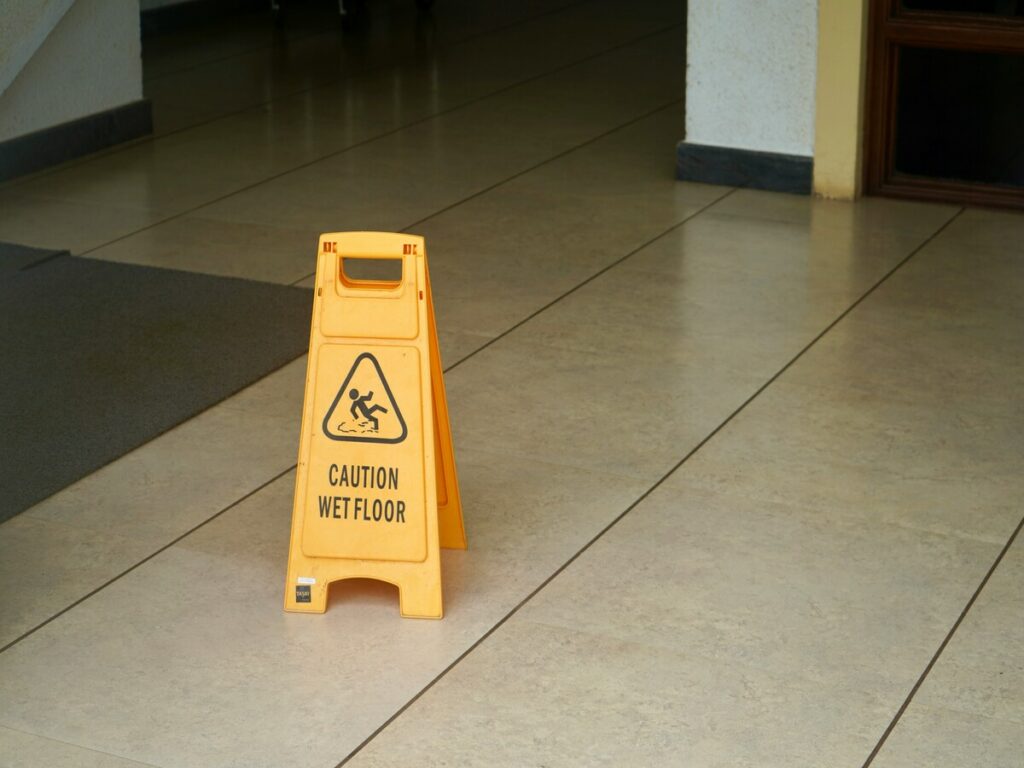
다른 안전 도구와 결합하면 교통 원뿔이 가장 잘 작동합니다.. 건설 구역에서, 유연하게 위험을 관리하기 위해 벨트 장벽을 가진 원뿔을 페어링합니다. 이벤트 관리를 위해, 개폐식 벨트를 사용하여 임시 제한된 지역을 만듭니다. 주차장에서, 조정 가능한 장벽은 트래픽 흐름을 효과적으로 지시 할 수 있습니다. 비상시, 오렌지주의 경고 표시 나 유출 제어와 같은 콘과 액세서리는 위험한 지역을 빠르게 표시 할 수 있습니다.. 이 도구의 조합은 포괄적 인 보호를 보장하고 작업장 안전을 향상시킵니다..
추가 슬립, 여행, 가을 예방 팁
보도 및 작업 공간의 정기적 인 청소 및 유지 보수
보도 및 작업 공간을 깨끗하게 유지하는 것은 직장 안전에 필수적입니다.. 정기적으로 바닥이 유출을 검사합니다, 부스러기, 또는 고르지 않은 표면. 사고를 방지하기 위해 이러한 문제를 즉시 해결하십시오. 수분이 발생하기 쉬운 지역에서 슬립 매트를 사용하십시오, 입구 나 부엌과 같은. 균열을 수리하기 위해 일상적인 유지 보수를 예약하십시오, 움푹 들어간 곳, 또는 느슨한 타일. 깨끗하고 위험이없는 환경은 미끄러짐의 가능성을 줄입니다., 여행, 그리고 폭포.
직원들이 위험을 인식하고보고하도록 교육합니다
위험 인식에 대해 직원을 교육하면 더 안전한 직장에 기여할 수 있습니다.. 근로자에게 습한 바닥과 같은 위험을 식별하는 방법을 가르치는 훈련 세션을 실시합니다., 복잡한 통로, 또는 손상된 장비. 감독자에게 위험을 신속하게보고하도록 장려하십시오. 시각 보조제 로이 훈련을 강화하십시오, 포스터 나 비디오와 같은, 정보가 유지되도록합니다. 잘 알고있는 팀은 사전 안전 문화를 만듭니다.
혼란과 장애물을 줄이기위한 좋은 하우스 키핑 관행
효과적인 하우스 키핑은 작업 공간의 혼란과 장애물을 최소화합니다. 통로를 유지하십시오, 계단, 그리고 긴급 출구는 항상 깨끗합니다. 넘어지기 전에 쓰레기통을 비우십시오. 질서를 유지하기 위해 정기적으로 어수선한 영역을 제거합니다. 하나의 안전 전문가 메모로, “지역이 혼란 스러울 때, 삭감 또는 열상 부상을 입을 가능성이 높습니다.. 당신은 당신이해야 할 것과 같은 워크 스테이션을 설정할 공간이 많지 않을 것입니다.” 조직화 된 공간은 안전성과 효율성을 향상시킵니다.
적절한 신발과 가을 보호를 제공합니다
적절한 신발을 착용하는 것은 미끄러짐과 폭포를 방지하는 데 중요합니다.. 미끄럼 방지 신발은 습식 또는 기름진 표면에 견인력을 제공합니다, 안정성 보장. 특정 환경의 경우, 특수 신발을 고려하십시오:
| 신발 유형 | 설명 |
|---|---|
| 스틸 발가락/하드 발가락 부츠 | 분쇄 부상을 방지합니다, 무거운 리프팅과 관련된 건축 활동에 필수적입니다. |
| 미끄럼 방지 | 습식 또는 기름진 표면에 견인력을 제공합니다. |
| 전기 위험 (뭐라고) | 전기 위험으로부터 보호합니다. |
| 화학 저항성 | 화학 물질에 저항하기 위해 고무 또는 PVC와 같은 재료로 만든. |
미끄럼 방지 신발은 다양한 직장 조건에서 안전을 유지하는 데 특히 중요합니다.. 그들은 타이어처럼 기능합니다, 습식 또는 고르지 않은 표면에 그립을 제공합니다. 가을 보호 장비와 적절한 신발을 페어링합니다, 하네스 또는 가드 레일과 같은, 안전을 더욱 향상시킵니다.
주의 콘은 유해 부위를 표시하여 부상을 예방하는 데 중요한 역할을합니다., 트래픽 안내, 가시성 향상. 포스트 안전 표지판과 같은 도구와 원뿔을 결합하면 작업장 안전이 향상됩니다.. 주요 지표를 사용하여 현재 안전 관행을 평가하여 격차를 식별하십시오.. 더 안전한 사람을 키우기 위해 오늘날 이러한 조치를 구현하십시오, 보다 생산적인 환경.
